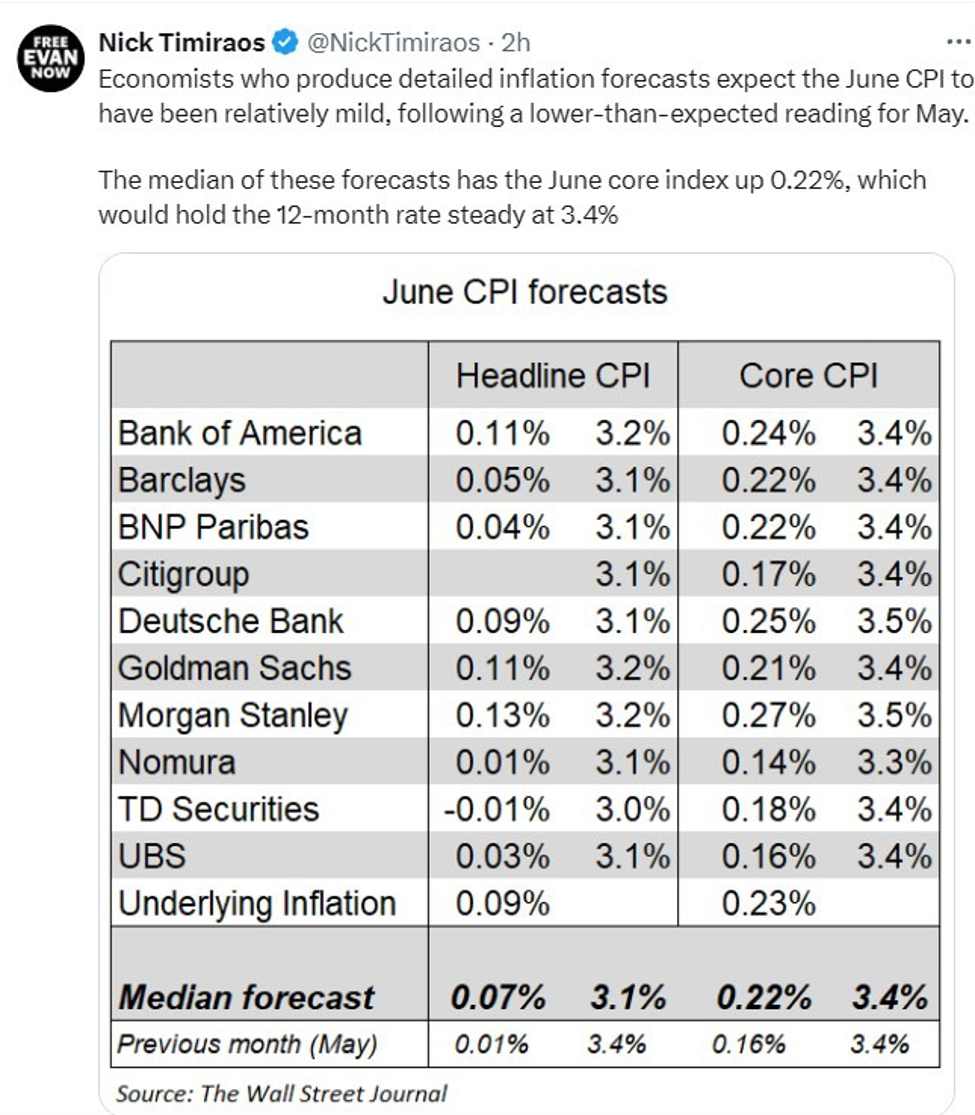Here’s a little hint.
Yep, it may not have felt like it but the dollar was actually the weakest performer in May trading. Here is how the major currencies bloc fared against the greenback on the month:
- EUR +1.7%
- JPY +0.3%
- GBP +2.0%
- CHF +1.9%
- CAD +1.1%
- AUD +2.8%
- NZD +4.3%
The losses versus the above sees the dollar index snap a run of four consecutive monthly gains to start the year.
That owes to a bit of a pullback but also as traders moved to contemplate possibly two rate cuts by the Fed around the middle of May. But by then of it, the dollar has recovered some modest ground as we move back to price in just over one rate cut for this year. The odds are showing traders pricing in ~37 bps of rate cuts for 2024 currently.
So, what can we look forward to in June trading? Let’s take a look at what the seasonal patterns might suggest.
Typically, it spells out a bit of a mixed month for the dollar but after a solid month of May trading. That of course isn’t the case this year as the factors impacting major currencies are also quite different in 2024. Rate differentials is key and that is heavily influenced by central bank outlook and major economic data.
So, it may be tough to link any seasonal correlation to how the dollar might fare this month.
The euro currency is typically a mirror to the dollar index in many ways. But with the ECB set to cut rates later this week, it is one of the more interesting currencies to pay attention to. The seasonal pattern doesn’t suggest too much once again in this case.
The ECB decision on Thursday and language guidance after will be key to set the tone for the single currency. That said, I don’t expect much of a change in the latter. Policymakers will continue to allude to data dependency and highlight the need to wait on more data before making sense of what to do next.
The standout seasonal pattern among dollar pairs though has to go to USD/CHF. In the last 20 years, this has been the second-worst month for the pair and it has fallen in 15 out of the last 20 June months.
The pair is teetering close to support around the 0.9000 mark currently, and a firm break below that could set off the next leg lower to kick start the new month. Further support is then seen from the key daily moving averages at 0.8923-28 currently.
This article was written by Justin Low at www.forexlive.com.
Source link




